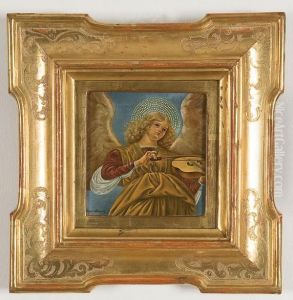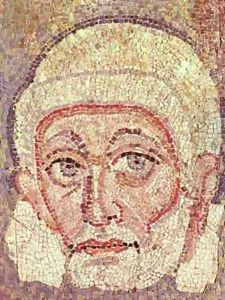Melozzo da Forli Paintings
Melozzo da Forlì was an Italian Renaissance painter and architect, known for his use of foreshortening and perspective. Born in Forlì, Italy, in 1438, he was initially influenced by the local Romagna art traditions. Melozzo was part of the movement that was beginning to incorporate the innovations of perspective and anatomical correctness into painting, a hallmark of the Renaissance. He became a pupil of Piero della Francesca, and his work shows the influence of his master's calm and monumental style. Melozzo is most renowned for his frescoes, especially his illusionistic ceilings, which show figures as if viewed from below, such as the 'Ascension of Christ', originally painted for the Apostolic Palace in the Vatican. His work in the technique of sotto in su ('from below upward') was influential in the development of ceiling painting and has earned him a place among the most innovative artists of his time. Melozzo's contributions to art also include his work in the Basilica of San Marco in Rome and his frescoes in the cathedral of his hometown Forlì. His skill in perspective and foreshortening was highly esteemed by his contemporaries, and he was a significant influence on later artists, including Raphael. Despite his artistic achievements, Melozzo did not leave behind a large body of work, and many of his frescoes have not survived or are known only through fragments. He died in Forlì in 1494, leaving behind a legacy that would continue to inspire the artists of the High Renaissance.





















